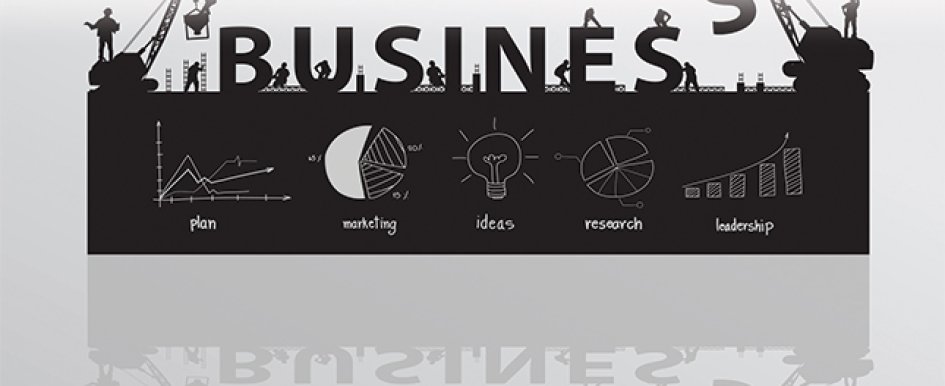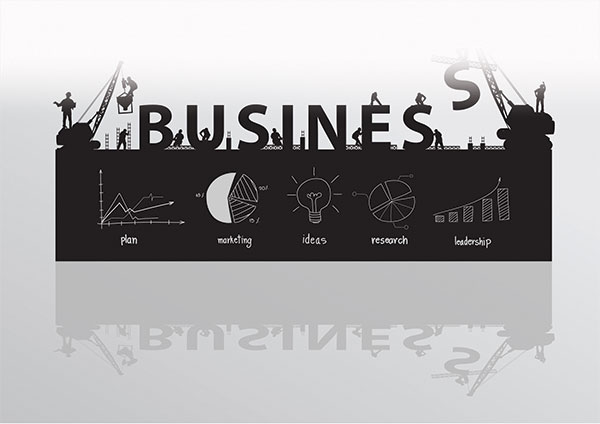
Did you know that using advertising methods to bring customers to your door is five to ten times more costly than getting just one referral? In fact, a powerful referral system could increase your bottom line by 5 to 20 percent or more.
Many businesses spend 5 to 15 percent or more of their total revenue on their advertising budgets, yet their referral customer base is at least twice that of the clients who come to them through paid advertising. Most business owners leave tremendous sums of money on the table by not having referral systems in place that excite their clients enough to recommend their business to others.

The Best Approach for Producing Referrals
Compelling your clients to provide you with quality referrals is one of the best ways to build a successful business. Failing to get referrals is bad for any business, but receiving a flood of the wrong kind of referrals can be worse. Unqualified prospects will waste your time, effort, energy and money.
Believe it or not, you can “train” your clients to make quality referrals. Your approach should focus on helping them understand the right way to make a referral and the perfect prospect to approach. You want to access the right “levers” that will help your referring client know exactly who the right prospect is and how to make the referral. Consider the following four “levers” that can be “pulled” to start the flow of quality referrals.
Lever # 1 – The Leading Question to Ask Your Clients
With laser-like precision, you can help identify the perfect prospect you’re seeking by asking your clients, “Do you know any developers with commercial projects planned for our area?” or by asking “What architects do you know in town who work on commercial and/or public works projects?”
Engage your clients in a discussion, reminding them of what you’ve done for them and sharing specific examples of how you’ve helped others. Telling a story is the most powerful tool you have. Stories can “pull a lever” on your clients’ memories and lead them to say, “Hey, I do know someone who could use your help.” People love to help others, and they feel good when they do.
You should also ask your customers how satisfied they are with your service. If their response is positive, ask them if they can think of anyone else facing a challenge or problem similar to the one you solved for them. By asking if they know superintendents or property managers connected to local colleges and universities, schools, public works departments, etc., you can trigger them to remember specific individuals that need your services.
Lever # 2 – The Referral Sheet or “Brain Tickler” Form
If you’re looking for particular businesses to target, list them on your referral sheet with spaces for names, phone numbers, contacts and addresses. To simplify, let’s say you’re targeting architects who work for those in your industry. Add architects to the list, and this will remind your client to think of people they know in that field.
If you want your client to think of a particular demographic profile, write a specific description on your sheet, e.g., a civil engineering firm that specializes in commercial, road and highway construction, heavy construction, water/sewer and pipeline, excavation and demolition.
Lever # 3 – Get the Address Book
This is a more direct approach. Ask your clients to access their address books to find five to 10 names that suit your demographic profile. This step requires that you educate your clients to understand who you’re looking for in a quality referral.
Lever # 4 – Get to Know Who Your Clients Know
Your client may be new in town and may not know many people. However, your client might know a person in the commercial construction industry who, in turn, knows quality people who could use your service. Finding out who they know can double your referral team.
How to Time the Referral Request
Many people cringe when they consider asking for referrals. Many experience a fear of rejection, even from regular customers. However, if your business is going to thrive, you must overcome the fear of asking for referrals.
If you have regular customers, they must value you and your company. They will more than likely be happy to help you grow your business. So, don’t be afraid to ask.
Educating your clients on the benefits they and those they refer will receive is a strong tactic for getting new referrals. You don’t have to ask them for referrals every time they come into your business, but you can visit with them, tell them a story about one of their referrals who came to you and thank them for taking the time to share your information.
This is also the perfect time to give them a thank-you gift, perhaps a dinner or lunch on you, tickets to an upcoming sporting event in your local city or whatever is appropriate.
Consider these five major opportunities to ask for referrals:
- When a client pays for your services
- When you’ve had a client who has used your services numerous times
- Within a few days of seeing the client
- When you receive praise or a “thank you” from your client
- Periodically, whether in person or by mail
Getting Your Customer On Board
To maintain the flow of referrals, send a thank-you card when your regular client sends you a referral. If you have a client that has sent you more referrals than anyone else, you may even consider sending flowers, candy, a gift basket, a bottle of wine or tickets to a sporting event.
In these days of email and texting, communication has become cold and distant, so most people appreciate cards and gifts in the mail. Making your client feel important is worth a few minutes of your time.
Referrals are often a direct result of your excellent service to your client base. Many clients will refer you with no incentive or perks at all, but if you present the gift as a “thank you” rather than an incentive or a bribe, the customer will feel more compelled to refer you.
Another idea would be to give a select number of your regular clients “coupons” to give to the people they refer, inviting them to come to your business and receive a complimentary gift. The gift could be whatever is appropriate for your business, including a ticket to a sporting event, a two-for-one meal, etc.
Once a client has impressed you with numerous high-quality referrals, consider offering them a more significant reward that is tied to your services. The more over-the-top the prize, the better, since it activates the reciprocity factor. This will motivate them to talk about you to even more people. The significant reward could include a bonus for each new referral they deliver or discounted services.
Referrals are the lifeblood of any growing business. Foster a referral mindset within your organization by developing a dynamic referral system and reinforcing the value of it within your company culture.
“While I’m in the Neighborhood” Referral Program
For an even greater marketing boost for your business, both residential and commercial construction firms should create a coordinated campaign that saturates local communities with their company name.
Below are eight tools contractors should use as part of their neighborhood marketing campaign:
- Jobsite signs
- Take-one flyers
- Radial postcards
- Check mailer
- Testimonials
- Telemarketing
- Door-to-door
- Door hangers
While some of these approaches might seem more appropriate for residential construction, think about how to adapt them in a commercial project environment. For instance, instead of using door hangers, why not make your jobsite trailer friendly to the public, or set up or a trailer adjacent to the jobsite where you can showcase your company and project to the public?
